
Jordan Spieth has a Masters Green Jacket, a U.S. Open as well as a British Open title on his resume of 13 PGA Tour wins.
But a PGA Championship victory has eluded him so far.
He’s on the list of 12 golfers to have won three of the four legs of the men’s grand slam.
There’s only five golfers that have completed the career slam, and Spieth could be next.
Ahead of the 2024 PGA at Valhalla, he was asked about whether chatter of him needing this one more is a motivation.
“It’s very cool, but I would take any and all and as many majors as possible regardless of where they come,” he said. “It’s just kind of a cool thing if you’re able to hold all four. There’s just not many people in the game that have done that and you have an opportunity to do things that are very unique in the game of golf, that’s what kind of stands out, stands the test of time afterwards, so, yeah, anytime we come to these weeks the idea is to have prep to try to peak for really four times a year, and this is one of them.”
Here’s a look at the list that Spieth is currently a part of.
So close...
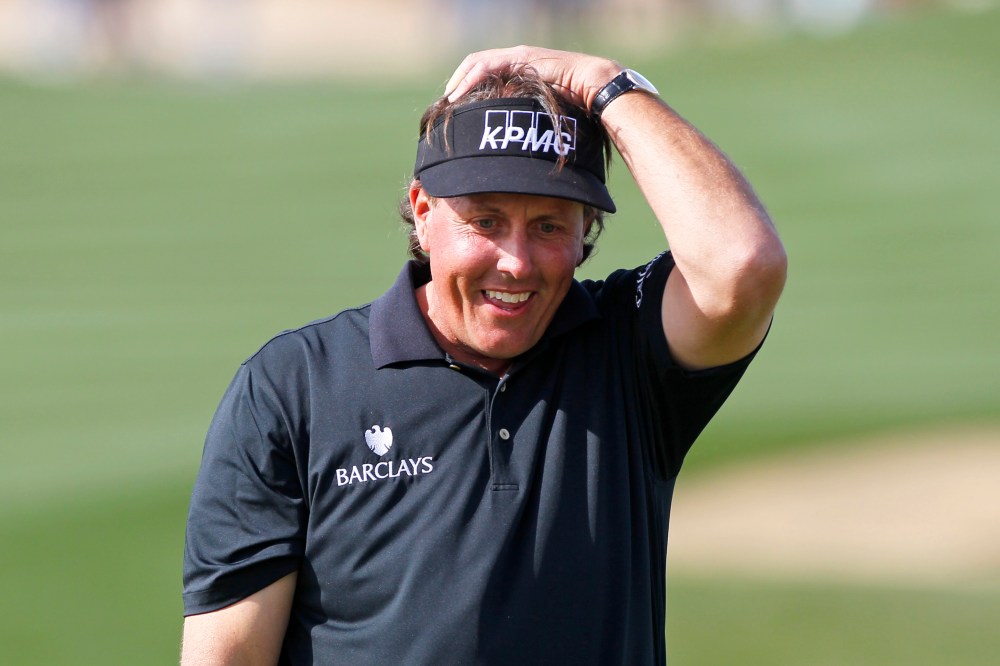
In the history of major championship golf, only five men have ever claimed a career Grand Slam, sitting atop a list of 220-plus golfers who can say they won at least one major.
During that same span, another 12 golfers have won three of the majors, one shy of joining the exclusive group. Some will forever be stuck on 75 percent of golf’s major achievement, while a few still have a shot at Grand Slam destiny.
As the fist major championship of this year gets ready to tee off, let’s take a look at the golfers who are (or were) incredibly close to a career Grand Slam.
Fun fact: No golfer has ever won the PGA Championship to complete the career grand slam.
Jim Barnes

We’re starting things off with the golfing legend, Jim Barnes—and an asterisk. Barnes, who won the 1916 and ’19 PGA Championship, the ’21 U.S. Open, and the ’25 Open Championship, didn’t get a crack at the Masters until its inception in 1934. By then, Barnes was 48 years old, which, as history has shown, is not the typical age range of golfers you’d expect to see getting cloaked in a green jacket.
Tommy Armour
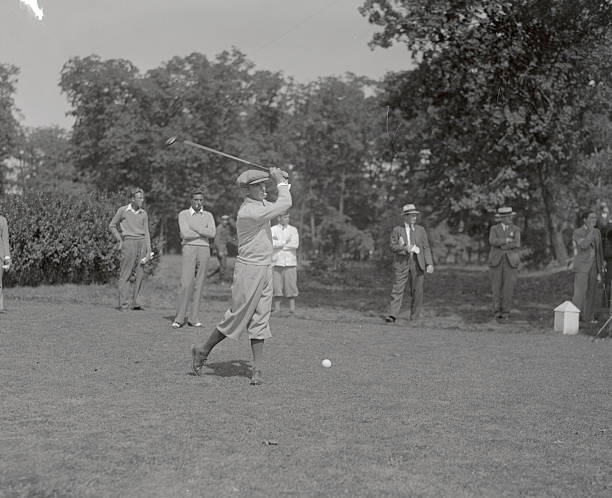
Next up on the tee box is Tommy Armour—and though not as bold as Barnes’, his Masters shortcomings require a caveat. Armour had the 1927 U.S. Open, the ’20 PGA Championship and the ’31 Open Championship under his belt by the time he played his first Masters in 1935. But at 38, he was also on the downhill portion of his prime, and never captured glory at Augusta. His best finish would be a tie for 8th in 1937.
Walter Hagen

The Masters strikes again! Walter Hagen was a major championship-winning force during his prime. The Nicklaus and Woods before Nicklaus and Woods. His 11 majors included the 1914 and ’19 U.S. Open, the ’21, ’24-’27 PGA Championship and the ’22, ’24, and ’28-’29 Open Championship. Like Barnes and Armour, though, by the time the Masters began, Hagen (then 41) was looking back at his best playing days. He appeared at Augusta National six times.
Byron Nelson
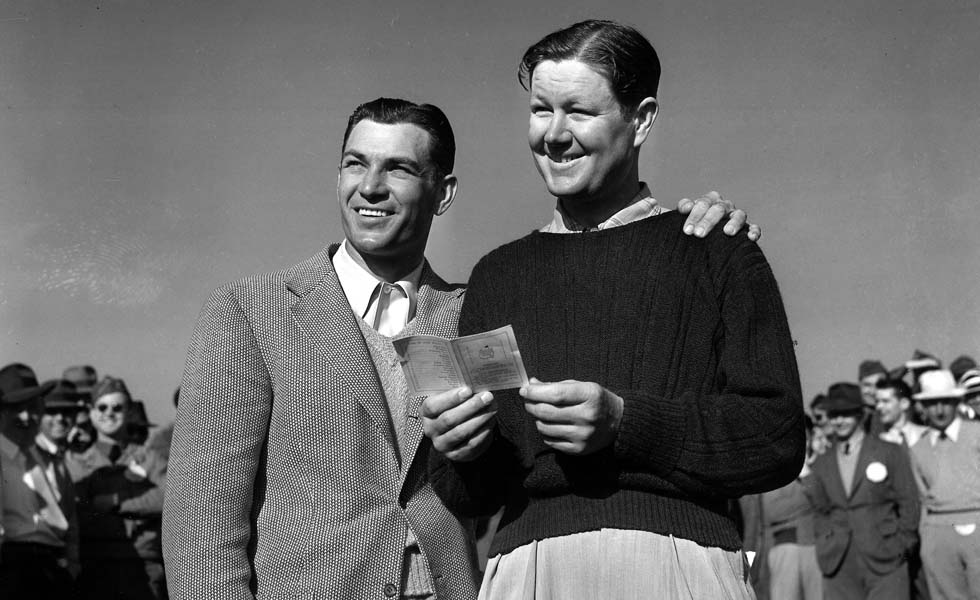
The great Bryon Nelson won 1937 and ’42 Masters, the ’40 and ’45 PGA Championship and the ’39 U.S. Open—producing some of the legendary one-ups against Ben Hogan, such as that ’42 Masters. The Open Championship eluded Nelson’s career resume, however, and the reasoning was understandable (even in today’s sports landscape): cost of travel. Nelson played the Open Championship two times during this career—1937 and 1955—and his best showing was fifth (’37).
Sam Snead

Sam Snead’s trips to the majors during his impressive career were not so much about the seven victories as they were the “so close!” runner-up showings. Snead finished second four times at the US Open—the one major he would never win. Unfortunately, the most notable snafu cost Snead more than a runner-up nod: The infamous 1939 U.S. Open at Philadelphia Country Club. Snead played aggressively on the 18th hole on Sunday, thinking he needed a birdie to win it all—when par would have done the trick. Alas, his go-for-broke mindset ended with a snowman on the scorecard, an 8 that would forever follow him around the golf world.
Arnold Palmer
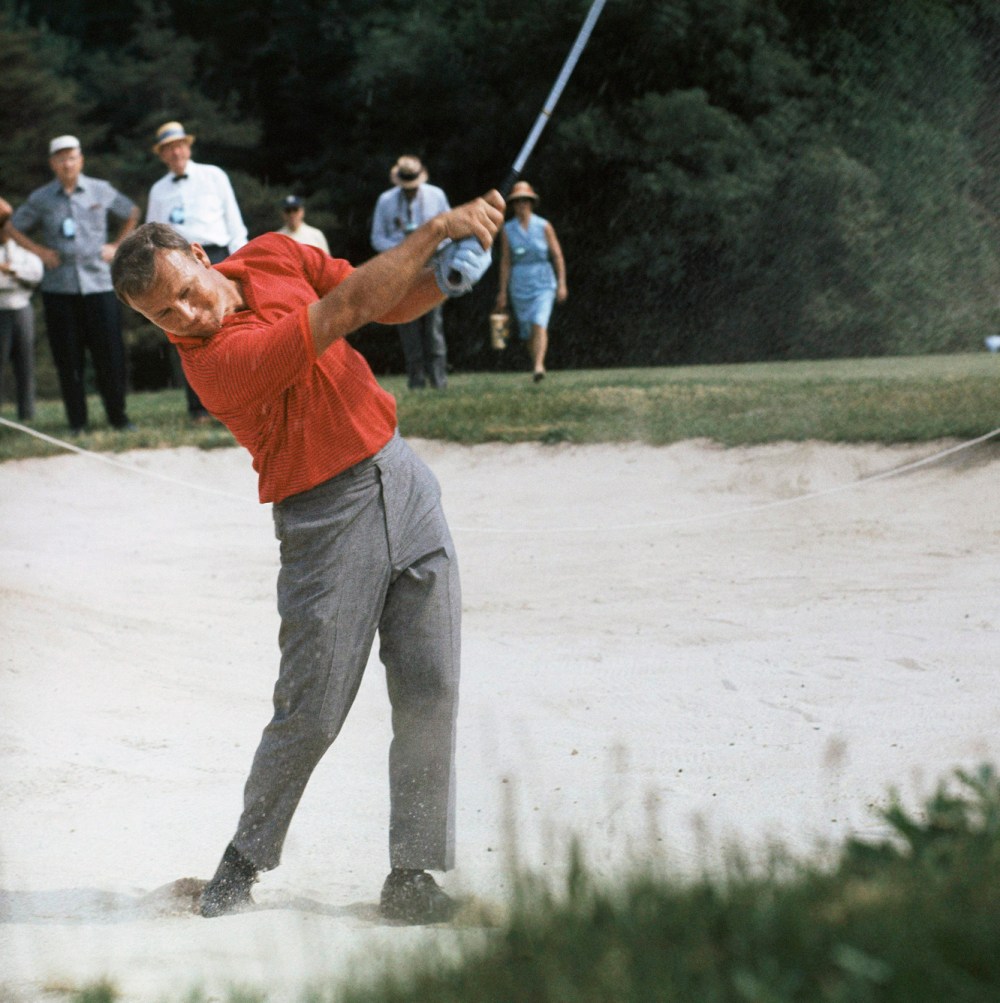
The PGA Championship would be the one that got away from Arnie, leaving the Latrobe, Pennsylvania legend one major short of a career Grand Slam. Like Snead, Palmer faced a few close calls when battling for PGA Championship prestige, ending with three runner-up finishes in 1964, ’69 and ’70.
Lee Trevino
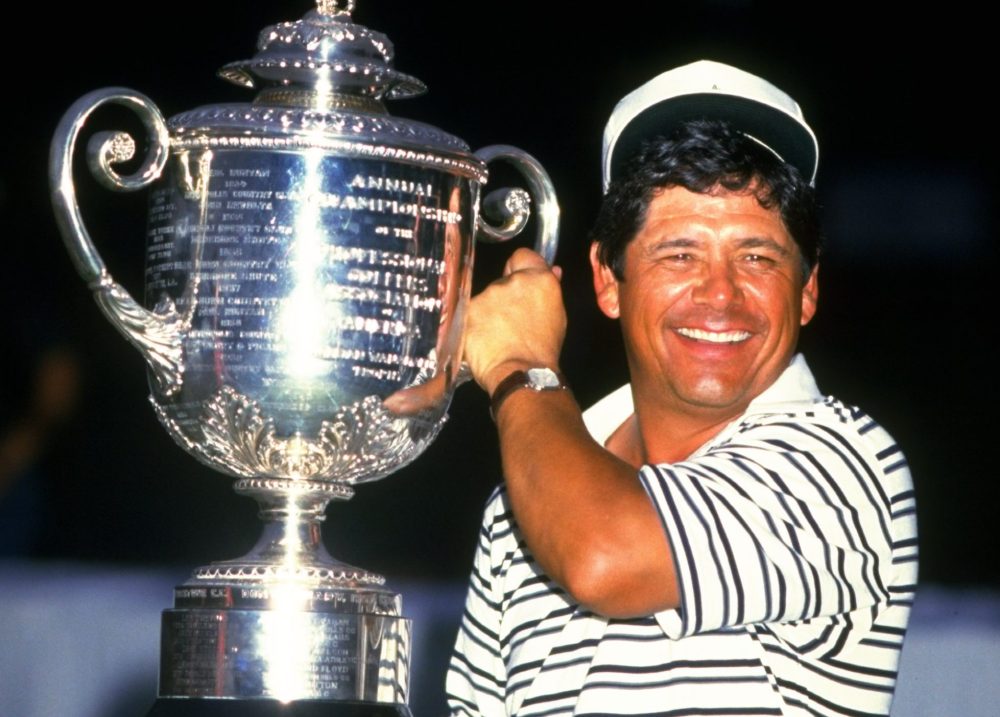
Lee Trevino’s six major championships were spread equally among the U.S. Open, Open Championship and PGA Championship. The Masters would be the one that got away for Trevino, who looked at the “high-draw friendly” layout at Augusta National and saw nothing but headaches for his low-fade game. He skipped the tournament multiple times throughout his career—something he would regret—and never really created the opportunities for a green jacket fitting.
Raymond Floyd
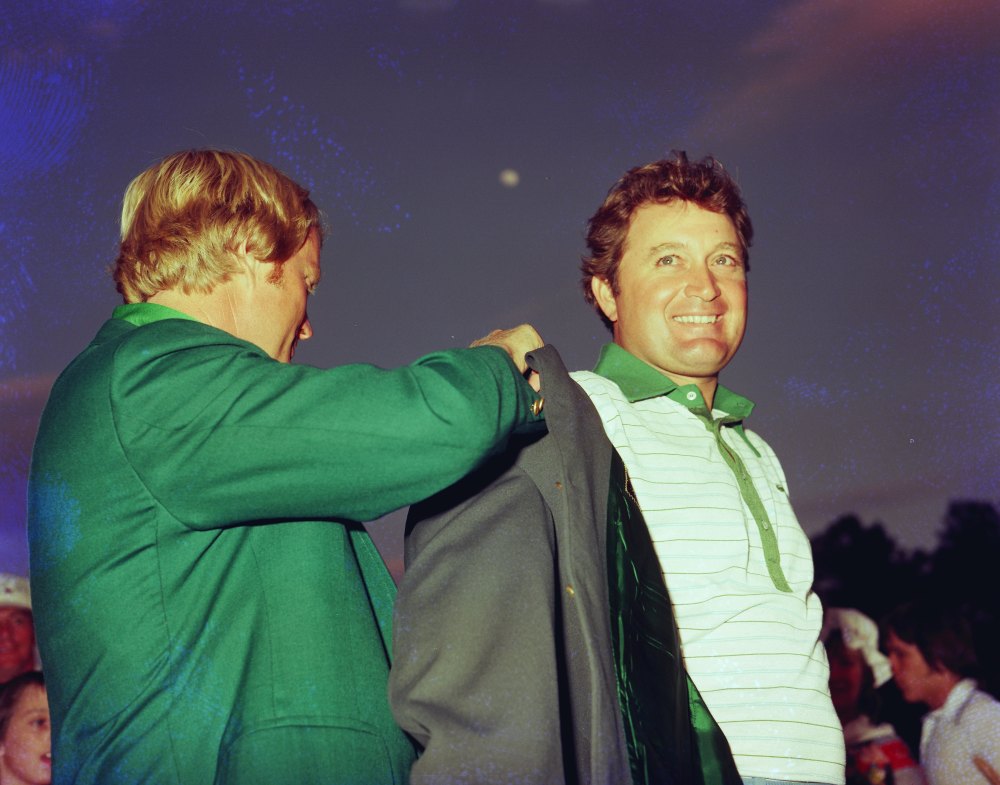
Raymond Floyd never conquered the links-style tests of the Open Championship, keeping him from earning the career Grand Slam. The four-time major winner’s best chance at the final leg ended with a runner-up finish at the 1978 Open (St. Andrews). Floyd fired an impressive 68 that Sunday, catapulting up the leaderboard from 13th. But it would not be enough to overcome the champ that year, Jack Nicklaus.
Tom Watson
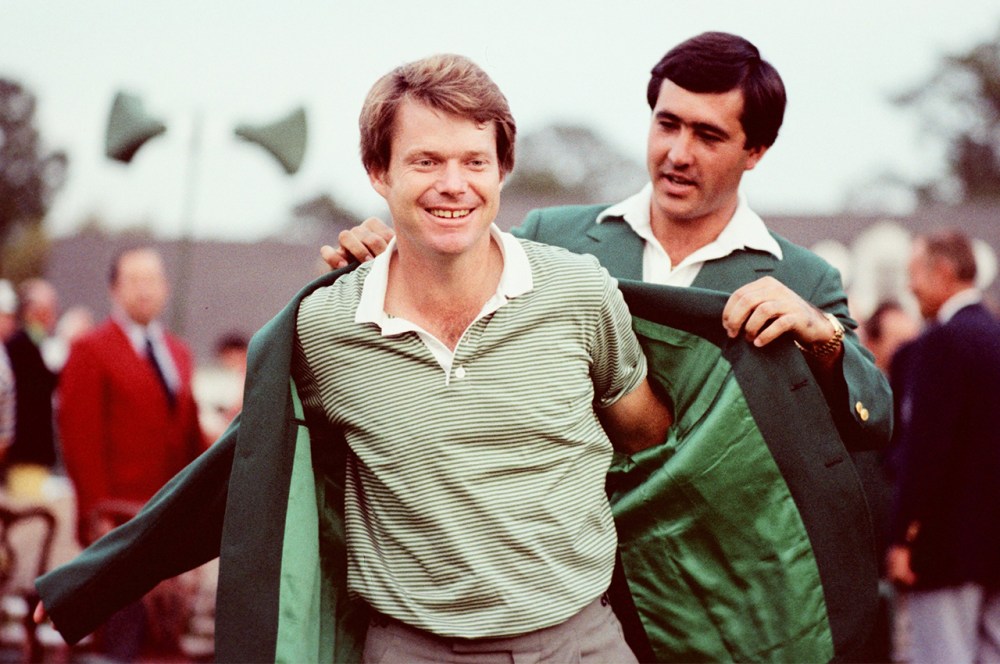
Watson was an eight-time major champ but never raised the Wanamaker Trophy at the PGA Championship. He had several top-10 nods at the final major of the season, but only three were close to winning it all. The 1978 PGA Championship at Oakmont Country Club would be the toughest to swallow: Watson lost a five-shot lead, posting a final-round 78 on the challenging layout. He would lose the tournament on a playoff to John Mahaffey.
Phil Mickelson
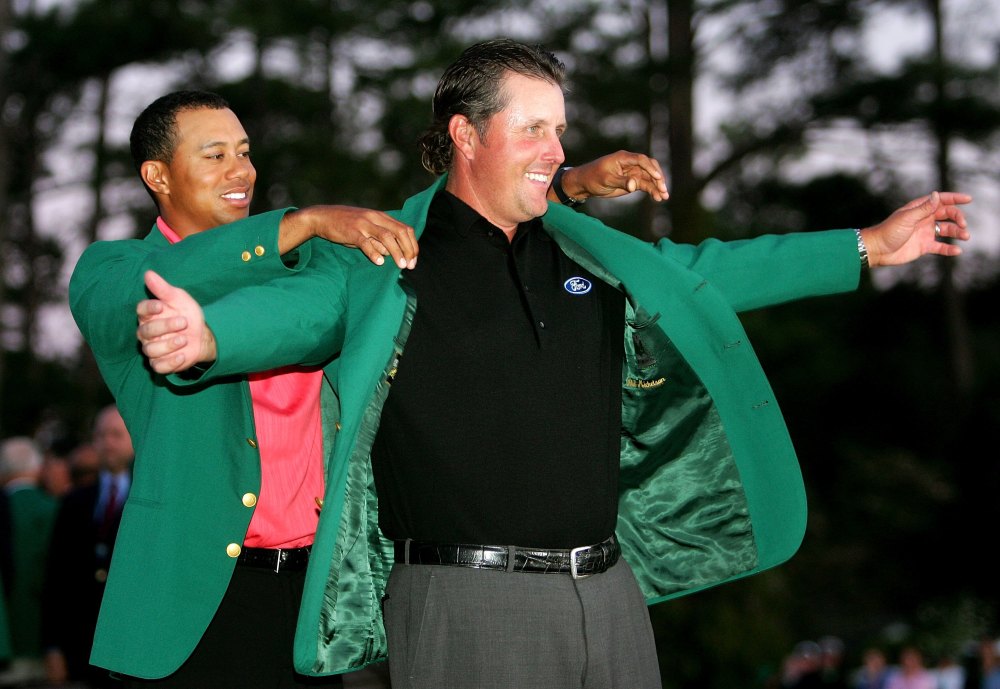
Phil Mickelson has come close so often at majors (11 total) that simply saying “Lefty” can take golf fans on a runner-up roller coaster—culminating at Winged Foot circa 2006. Phil has six runner-up showings at the U.S. Open—the one major not on his spectacular career resume—and some of the finishes have been epic (and heartbreaking), including that final round at Winged Foot. His errant tee shot on 18 resulted in a double-bogey and a win for Geoff Ogilvy. Unlike others on this list, he’s still got chances, though fleeting (at 50), to earn that final trophy for the Grand Slam mantel.
Rory McIlroy
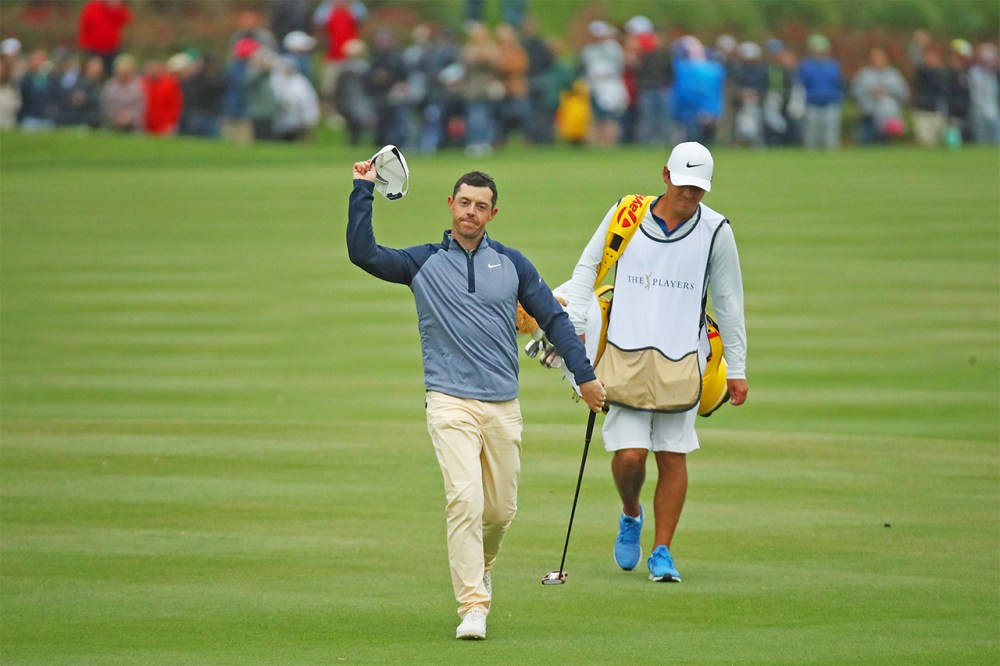
McIlroy’s early success and consistency create that odd generality in sports, where the athlete is thought to be older than they really are. McIlroy is just beginning the front-end of his 30s—very much a golfer’s prime—so the fact he only needs a Masters title to complete the career Gand Slam is a testament to his uncanny ability. He’s had close calls, including a four-shot collapse at the 2011 Masters, and pressure only increases with time. But still—you’d have to think McIlory has a pretty solid chance to leave this list and head over as No. 6 on the Career Grand Slam group.
Jordan Spieth
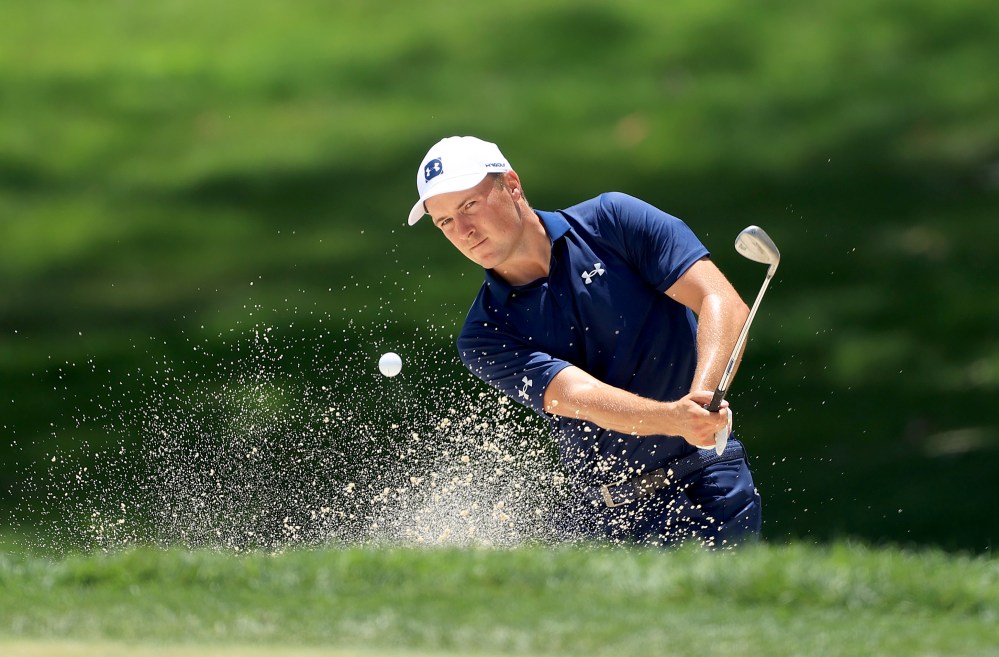
Speith, like McIlroy, had to endure the added pressure of winning big-time tournaments early on in the career. He has struggled lately, his last major coming in 2017 (Open Championship), but the idea he can go the next decade-plus without snagging at least one PGA Championship seems odd. … but then again, more than a few golfers above him on this list probably said the same thing at one time or another.







